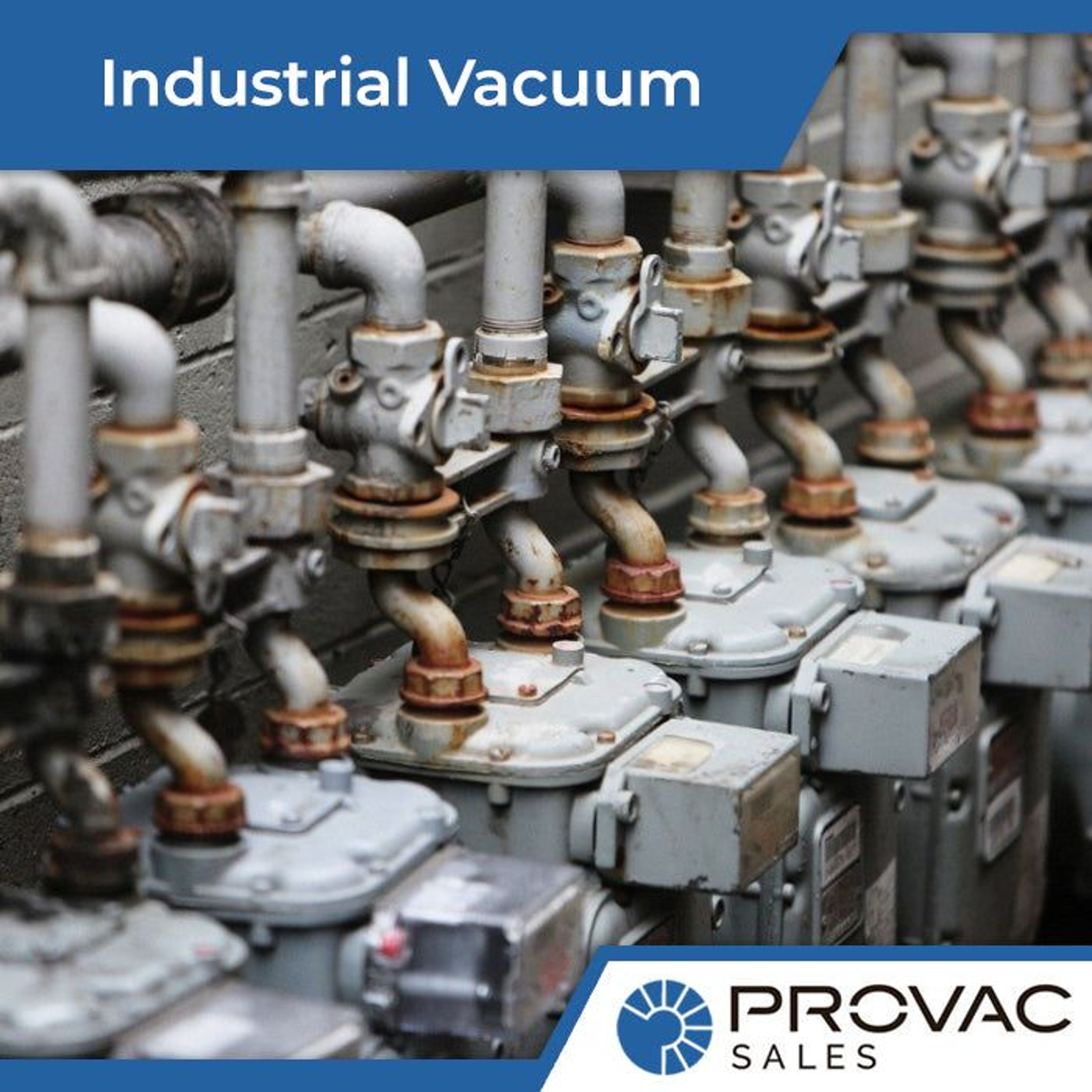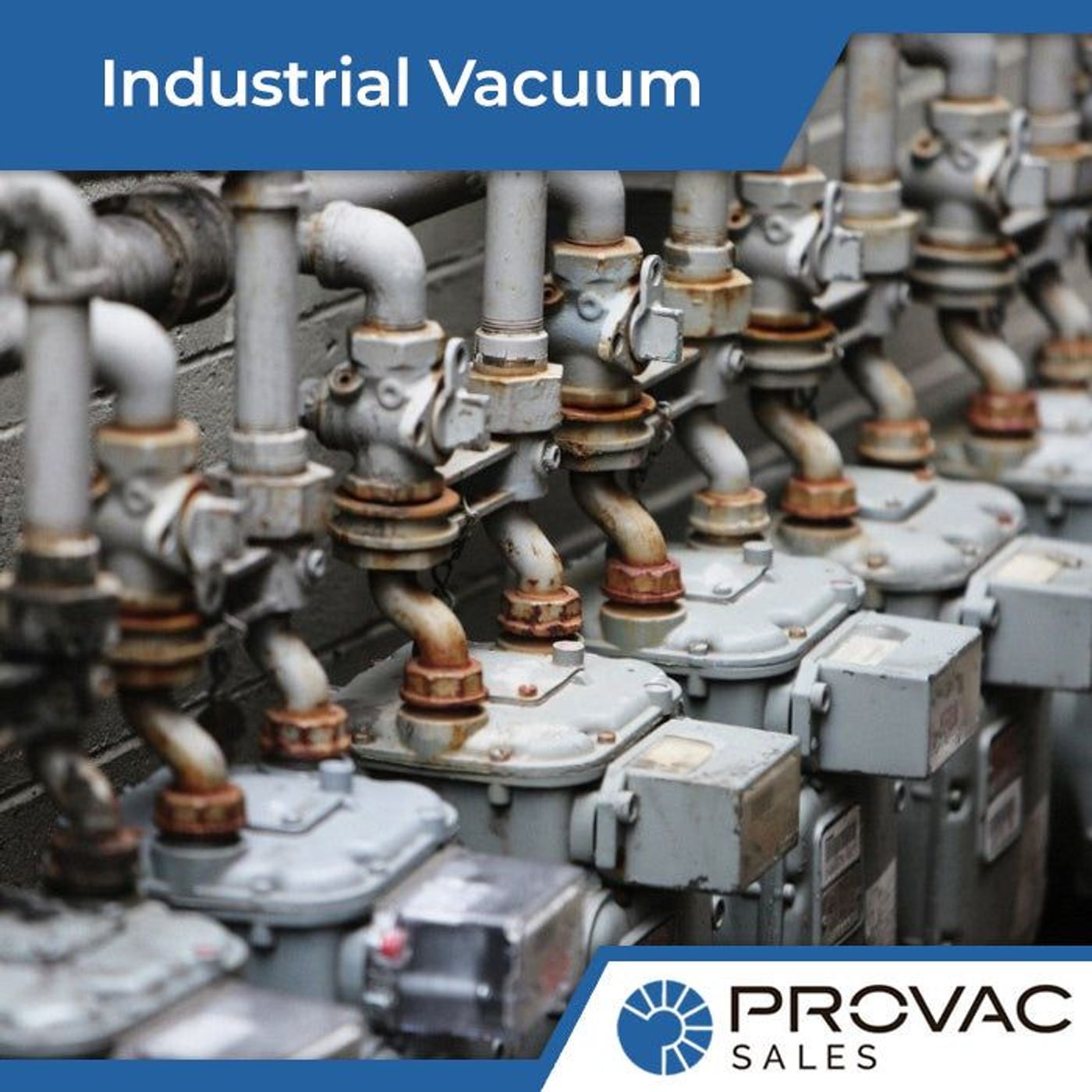A vacuum pump is a device used for a wide range of industrial manufacturing processes, including degassing, packaging, pick and place, drying, and bottling, amongst other things. Industrial vacuum pumps are used to create, improve, and maintain a vacuum in the different applications it’s used. It’s worth noting that there are many different types of industrial vacuum technologies in use today, and this post will be exploring some of the most common ones.
To understand which vacuum pump type is most suitable for a specific application, it’s vital that you first understand the operating principle, features, and benefits of each technology. In this article, we will be reviewing some of the most common industrial vacuum pump types, how they operate, and the applications they’re best suited for – read on to learn more.
The Basic Operating Principle of Industrial Vacuum Pumps
The operating principle of all industrial vacuum pumps remains the same irrespective of the technology used.
A vacuum pump’s primary purpose is to remove gases and air molecules from a vacuum chamber (or an outlet in higher vacuum pumps connected in series.) As the pressure in the vacuum chamber reduces, removing surplus molecules becomes harder. One way to circumvent this problem is to design industrial vacuum pumps that operate over a broad range of pressure – from 1.3 to 13.3 bar or 1 to 10-6Torr. In scientific and research applications, this is often extended to lower than 10-9Torr. To make this possible, different types of vacuum pumps are used in standard vacuum systems, with each type covering a portion of the pressure range. The entire system can operate in series if required.
Industrial Vacuum System Pressure Ranges
Industrial vacuums systems are categorized in either one of the following pressure range groups:
- Low / Rough Vacuum: 760 to 0.75 Torr/1000 to 1 mbar
- Medium / Fine Vacuum: 0.75 to 7.5-3 Torr / 1 to 10-3 mbar
- High Vacuum: 7.5-3 to 7.5-7 Torr10 / -3 to 10-7 mbar
- Ultra-High Vacuum: 7.5-7 to 7.5-11 Torr / 10-7 to 10-11 mbar
- Extreme High Vacuum: < 7.5-11 Torr / < 10-11 mbar
Each type of pump used in these vacuum ranges can be divided into Booster Pumps, Backing or Primary Pumps, and High Vacuum or Secondary Pumps. Ultra-High, Very High, and High vacuum pressure ranges.
It’s worth noting that vacuum pumps are categorized into two basic categories: capture or entrapment pumps or gas transfer pumps.
Gas Displacement Pumps
Gas transfer vacuum pumps transfer gas or air molecules by either positive displacement or kinetic action (momentum exchange.) A similar number of gas molecules are removed from the pump as they enter. When expelled, the gas is slightly above atmospheric pressure. The compression ratio is the ratio between outlet or exhaust pressure and the lowest (inlet) pressure. Examples include all roughing pumps including diaphragm, vane, piston, screw, scroll, hook and claw, and roots.
Kinetic Transfer Pumps
Kinetic transfer pumps, on the other hand, use introduced vapor or high-speed blades to direct gas molecules towards the outlet using the principle of momentum transfer. These pumps can reach high compression ratios at low pressure and generally do not have sealed volumes. Examples include high vacuum pumps such as turbo pumps and diffusion pumps.
Entrapment Pumps
Pumps used to capture gas molecules on a vacuum system’s surfaces are known as entrapment or capture pumps. The pumps function at flow rates much lower than those pumps like transfer pumps. Nevertheless, they still can provide high vacuums, down to 10 to 12 Torr. Entrapment pumps operate using ionic reaction, chemical reaction, or cryogenic condensation. Since they have no moving parts, they are perfect for applications that require oil-free vacuums.
Capture vacuum pumps that operate using chemical reactions are the most effective and are often placed inside containers where a vacuum is needed. Air and gas molecules create thin films which are removed by the pump. As the pump operates, it causes a chemical reaction inside the pump’s internal surfaces. These pumps are generally used along with momentum transfer vacuum pumps, and displacement vacuum pumps to create ultra-high vacuums.Examples includes high vacuum pumps such as cryo, ion, and getters pumps.





